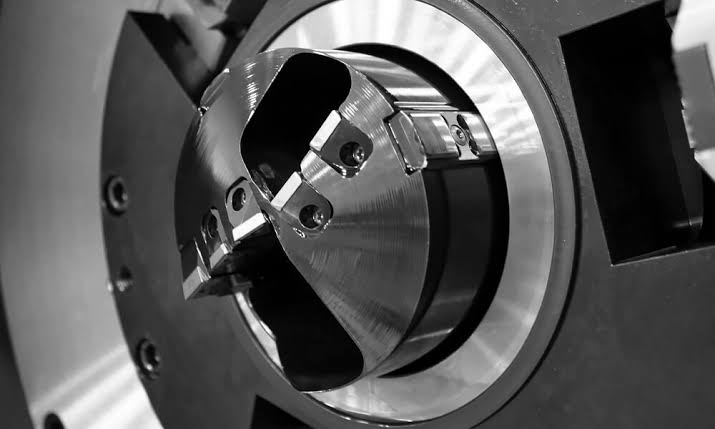Defense and Military Applications for Deep Hole Drilling

Any type of industry that involves heavy machinery, automotive or aviation assemblies, or robotics now all have one thing in common: they need deep hole drilling for modern fabrication. The defense industry is no exception, especially when so much of the military product line is contracted out for development and manufacturing.
Aerospace and Aviation
Avionic engineering is about maximum performance with as light a weight as possible and maximum thrust power. As a result, every part and assembly have to be maximized as jets and fighters can’t be slugging around slowly like big water-heavy tanks. Deep hole drilling is ideal for delivery and containment of hydraulics, wiring, fuel lines, high-temperature exhaust containment and more. Depending on the application, a typical defense assembly could have dozens of deep hole drilling applications all in the same vehicle. Deep hole drilling is also found in various weapon deliveries as well. Everything from the extended barrel work to cavities for clearance channels, ammunition delivery and heat escape applies. In fact, many of the latest cutting-edge practices are now applying deep hole drilling into contained designs for the first of what will likely be many space-related systems. Satellites and drone systems easily incorporate deep hole drilling, maximizing system channeling as well as space efficiency for various components. It costs millions to send a military satellite or drone up in the air, so every inch and corner counts.
Ground Fleet and Mobile Assets
Military vehicles have to be designed for their environments. Unlike regular cars and trucks, they have to be able to function where the roads stop as well. That means higher durability, performance capability, reliability and tougher condition application. Deep hole drilling finds a natural home in engine design as well as fluid delivery, vapor and heat dissipation and recapture. It’s also a typical placement in protected cavity design for moving parts that have to function in a firefight and intentional attempts to damage the vehicle. A lot was learned in the Middle East with improvised explosive device or IED damage. Deep hole drilling demands have gone up to provide additional protection for critical vehicle systems that matter.
Robotics
With the advancement of computer technology, AI, and advanced remote-control systems, robotics is coming into vogue dramatically in military applications. However, for all those connected parts to work, whether in an android assembly or some other operational design, a whole lot of channeling has to be applied professionally for routing hydraulics, wiring, sensors, cabling, and plenty more. Robotics utilizes some of the most sensitive and most durable parts to create advanced machines. The internals have to be capable of millions of computations, but the housing and external body also have to be capable of dealing with the roughest of environments. Deep hole drilling allows practical activities and channels to be applied in parts that make up these assemblies and allows fantasy to become operational reality in military operations.
Naval Applications
Clearly, naval ships and submarine designs have to work and rely on vessel containment. That involves a tremendous amount of hardware and network connection routing and traveling through bulwarks, ship body parts and internal containment sectionals. All of these areas need deep hole drilling to allow the necessary aspects to travel or route effectively while keeping the section of the ship they are part of protected. Many times, the work applied has to be implemented through hardened materials, which requires both powerful drilling as well as length and depth. Without the right tooling, such work on a large production scale can end up being the bottleneck for critical naval assemblies. No surprise, highly qualified drilling tooling and the experience behind it is needed and sought after.
Telecommunication Applications
Military usage of deep hole drilling isn’t all about weaponry or defense systems alone. Many times, infrastructure is just as important for operations, particularly communications systems. Telecommunication assets are a high priority for keeping military systems coordinated. That can include protected channels for wiring, fiber optics tunneling and satellite communication towers or antennas. All the above require piping and channel components that need long cavity depth within protected, durable materials. Deep hole drilling has always been the answer to such needs, creating the combination of extremely protected conduits with cavity work to run wiring, fiber optics, and more internally. More importantly, delicate and extensive depth channeling provides the ability for chassis parts to provide both pathways and containment in the same package. This is essential for computerized communication tools and connections that would otherwise be exposed externally and vulnerable to damage in the field.




